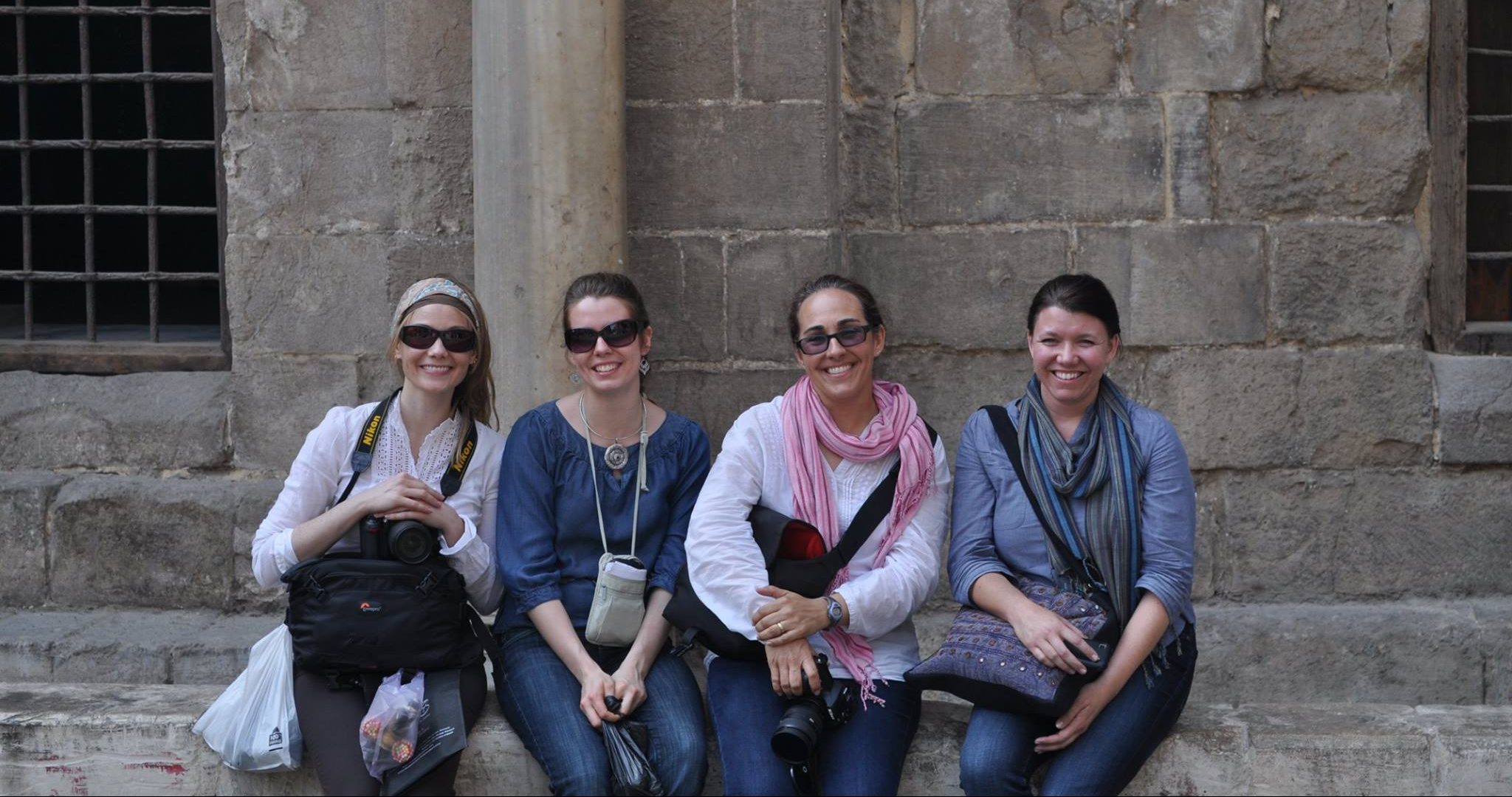Confession: I’ve become a terrible fateer snob.
Actually, I’m not that ashamed to admit it. Honestly, if you are going to consume an unmentionable number of calories, you might as well invest them in a truly sublime gastronomical experience. You’re not going to want to throw away your diet on some substandard, grocery store fateer. No, you’re going to want to eat fateer from the Egyptian countryside. In fact, you haven’t lived until you eat felahi fateer.

Let’s back up a little bit. What is fateer, you ask? It’s basically a flaky breakfast pastry that is eaten plain or with toppings. The grocery store variety isn’t anything to write home about, but the fateer made by felaheen like my friends at SahSah Felah? Now that fateer is life-changing.
See, it’s all about the butter. The rich flakiness of fateer is largely due to the layering of dough with clarified butter (samna). Now mind – not all samna is created equal. Felahi butter is famous for its deep, rich flavor. Samna that is processed from the sweet milk harvested during the ancient Egyptian month of Tubah is even more delicious. (See my post on Dahab Island to learn more about this phenomenon and about how you, too, can catch the Tubah-milk fever.)
(Wait for it…watch her spread on the samna)
(Now observe the folding in of the samna…the key to flaky fateer)
But then there’s the oven. You simply cannot overstate the role a traditional brick oven plays in producing truly unforgettable fateer. I won’t even pretend to know how they make or use these ovens, but I’ve watched many a woman working magic in front of one, folding and teasing the dough into layer upon delicious layer, sliding pans of fateer in and out of the oven’s mouth with bare hands, and all the while stoking the live fire to maintain the perfect temperature.
(Om Sahsah is standing in order to prevent burning herself on the sizzling hot pan)
(Behold the oven!)
And the toppings! Don’t forget the toppings. Honey is pretty standard, but have you ever tried “Egyptian nutella” – tahini and molasses? As for cheese, white cheese is a safe choice for the uninitiated. If you are brave (or just serious about gaining street cred), try your fateer with “old cheese” (mish). The name says it all.
If you’re more of a city mouse, don’t fret. I’ve got another option for you. The Fatatry al-Hussein in Khan al-Khalili is home to an entirely different kind of fateer. Advertised on the menu as “Egyptian pancakes,” the Fatatari stuffs its fateer with meat, vegetables, cheese, and even cream.

The Fatatry fateer is tasty, to be sure, but it’s the ambiance that wins you. On a busy night you’ll be seated cheek-by-jowl with other diners at tables set up in the shadow of the famous al-Hussein mosque. You’ll be surrounded by lanterns, outrageous belly dancing costumes, henna artisans eager to paint on you, the occasional tour bus slowly inching its way through the medieval marketplace, and all the usual sounds and smells of Khan al-Khalili. Looking for the perfect place to wow your guests from abroad? This is the place. You’re welcome.

(Don’t let the name fool you…they sell fateer, not pancakes)
Our favorite time to eat at the Fatatry is during Ramadan. Arrive and order early, and then sit and wait with all the other diners for the sunset call to prayer. There’s nothing like the shared anticipation and satisfaction of breaking your fast in one giant iftar party out on the streets of Cairo.

(There’s always room for more at Fatatry al-Hussein)
Well, folks, have I convinced you? Just try it. Join the club of fateer connoisseurs. You won’t be sorry. And if you’re worried you won’t be able to finish an entire fateer on your own, let me know…I’ll be more than happy to help you out.



